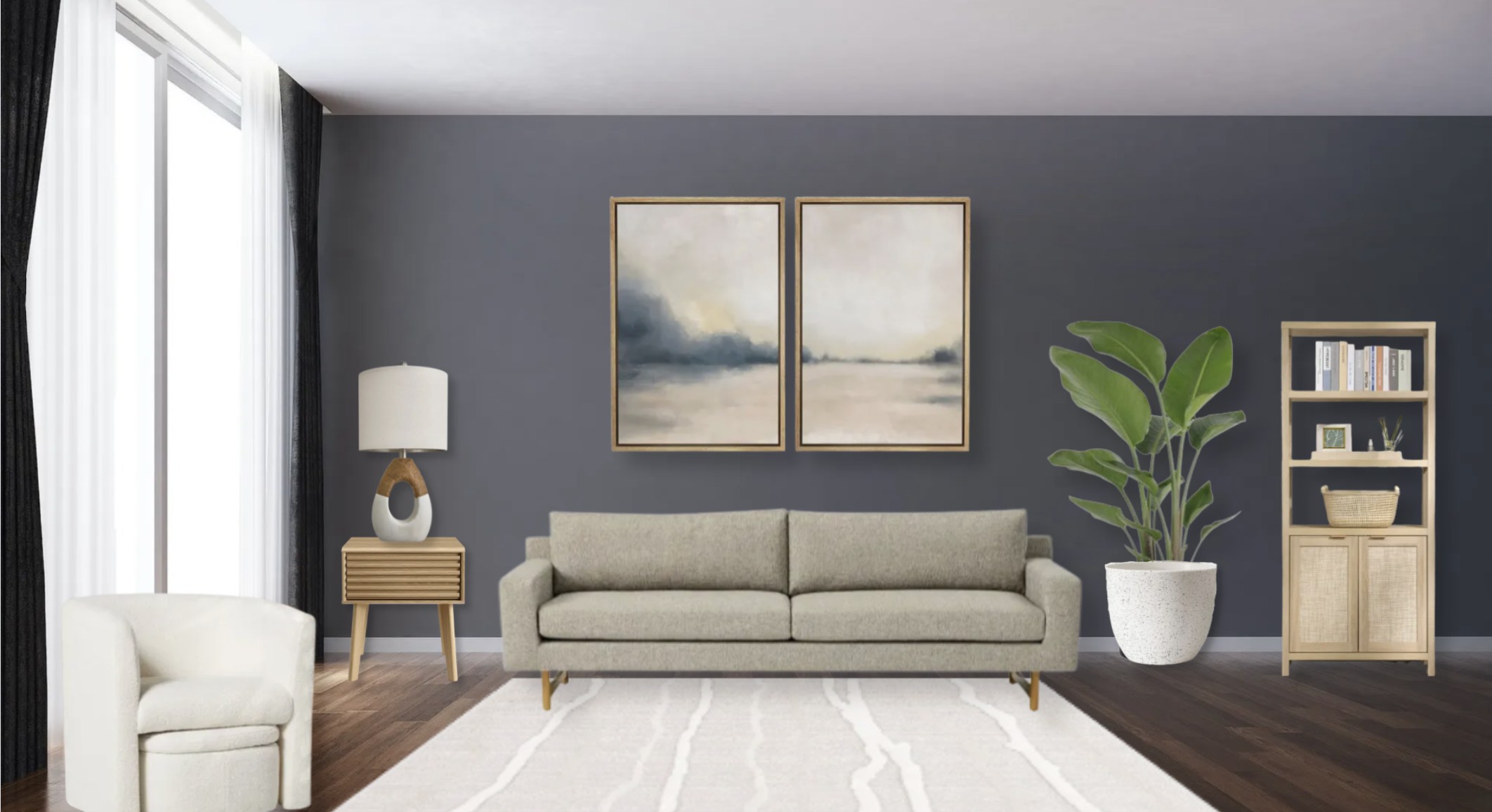Creating Therapeutic Spaces: The Art of Interior Design for Therapists
The Importance of a Well-Designed Therapy Space
As therapists, we understand the profound impact our environment has on our mental and emotional well-being. The spaces where we conduct therapy sessions play a crucial role in fostering a sense of safety, comfort, and healing for our clients. This is why thoughtful interior design is essential for any therapeutic setting. In this blog post, we'll explore how intentional design choices can transform therapy rooms into sanctuaries of calm and growth.
A well-designed therapy space goes beyond aesthetics. It sets the tone for the therapeutic journey, influencing both the therapist and the client. An inviting and comfortable environment can:
1. Promote Relaxation and Comfort: Soft furnishings, warm lighting, and soothing colors can help clients feel at ease, making it easier for them to open up and engage in therapy.
2. Enhance Focus and Concentration: A clutter-free, organized space can minimize distractions, allowing both the therapist and the client to focus on the session.
3. Reflect Professionalism and Care: A thoughtfully designed office conveys a sense of professionalism and attention to detail, reinforcing the therapist's credibility and commitment to their clients' well-being.
Key Elements of Therapeutic Interior Design
1. Color Palette
Colors have a psychological impact on our mood and emotions. Soft, neutral tones such as beige, light gray, and pastel shades create a calm and welcoming atmosphere. Avoid overly bright or stark colors, as they can be overstimulating or cold.
2. Lighting
Natural light is ideal, as it has been shown to improve mood and energy levels. If natural light is limited, use a combination of ambient, task, and accent lighting to create a warm and inviting glow. Avoid harsh, fluorescent lighting that can feel clinical and impersonal.
3. Furniture
Choose comfortable, supportive furniture for both the therapist and the client. Chairs and sofas should be ergonomic and inviting. Consider incorporating a mix of seating options, such as armchairs and loveseats, to accommodate different preferences and needs.
4. Textures and Materials
Incorporate a variety of textures to create a tactile and visually interesting environment. Soft rugs, cozy throws, and plush cushions add warmth and comfort. Natural materials like wood and stone can bring a sense of grounding and connection to nature.
5. Personal Touches
Add personal touches that reflect your therapeutic style and personality. Artwork, plants, and decorative items can make the space feel more inviting and unique. However, be mindful of not over-cluttering the space, as simplicity often promotes a sense of calm.
Practical Tips for Designing Your Therapy Space
- Client-Centric Design: Always consider the needs and preferences of your clients. What makes them feel comfortable and safe? Incorporate their feedback into your design choices.
- Flexibility: Ensure your space can accommodate various types of therapy you provide, whether it's individual sessions, couples therapy, or group therapy. Modular furniture and adaptable layouts can help achieve this.
- Privacy: Create a sense of privacy and confidentiality. Use soundproofing materials, white noise machines, or soft background music to ensure conversations remain private.
- Accessibility: Make sure your space is accessible to all clients, including those with mobility challenges. This includes having wide doorways, ramps, and accessible restrooms.
Let’s wrap it up!
As a therapist who specializes in interior design for other therapists, you have the unique opportunity to create spaces that enhance the therapeutic experience. By combining your understanding of therapeutic principles with design expertise, you can craft environments that support healing, growth, and transformation. Remember, the ultimate goal is to create a space where clients feel safe, valued, and ready to embark on their journey towards well-being. Happy designing!


